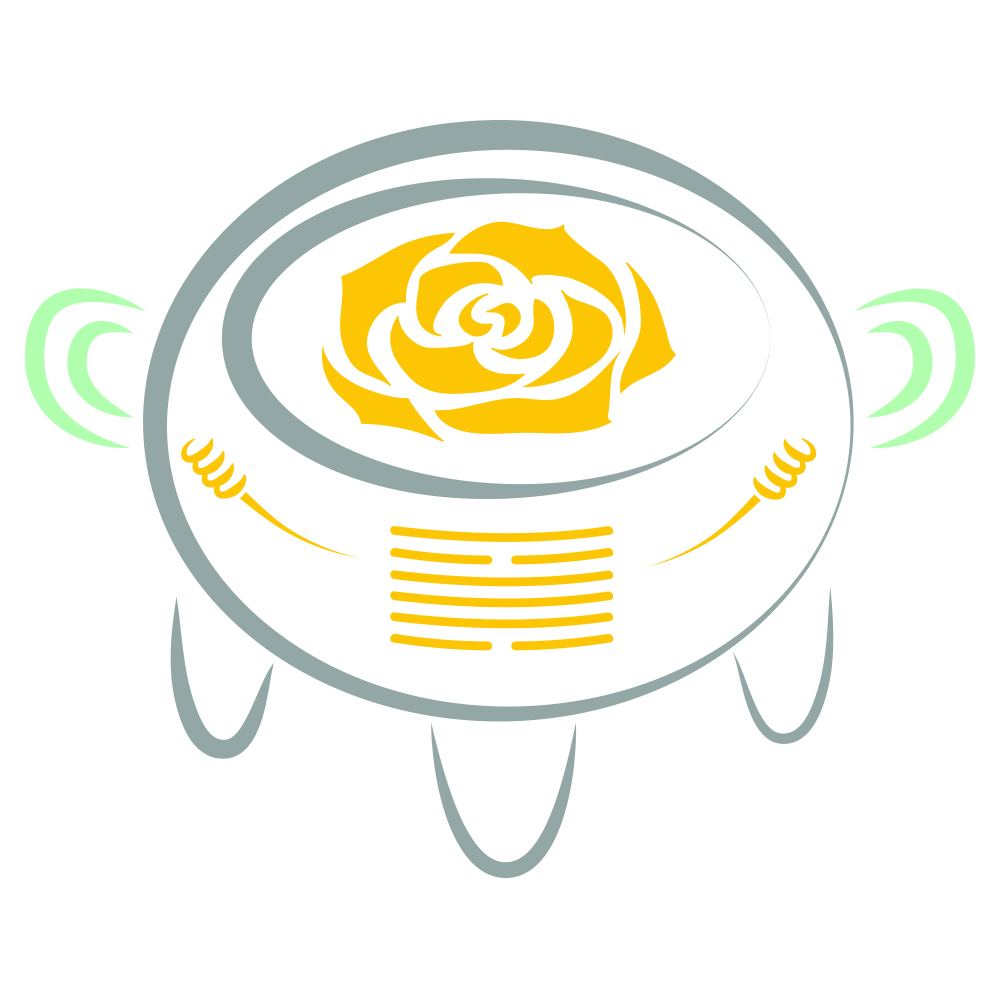On December 21st the Winter Solstice occurs, the shortest and darkest day of the year. With this change of season, we move into the time of water in five phase theory of Traditional Chinese Medicine (TCM). The kidneys are the organ of this season and water the dominant element; however, the kidneys also harbor an element of fire, though not like the stimulating heat of summer. The fire of winter is a deep, consistent metabolic flame that fuels all transformation in the body. The dual functions of these organs demonstrate the ultimate balance of fire and water.
The kidney’s double nature reflects their physiology, as most of us are born with two. Chinese medicine scholars explore the duality of the kidney as “both the beginning and the end” of the five element cycle (62-63, Larre and Rochat de la Vallée). Winter, then, is a pivotal season and the kidneys give us the ability to look back and also forward. As the year winds down, we reflect on what has transpired and begin to anticipate what may come. In TCM, living in harmony with the seasons leads to optimum health. To support our kidney qi in the next three months, we would do well to slow down, turn inward, and conserve effort.
This last statement may seem impossible given that many of our cultural celebrations and obligations ramp up during this time of year, driving us at a hectic pace. It can feel like anything but a season of hibernation and storage. The kidneys are sensitive to extremes, especially when people over work, over exercise, or fail to get enough sleep (125, Beinfield and Korngold). When problems manifest in this organ they have been long in the making--they are not acute presentations. We see kidney pathology in our patients with adrenal or chronic fatigue. Perhaps they’ve worked in a stressful environment for years or had to deal with ongoing challenges in their personal lives. A constant state of stress ultimately affects the health of the kidney and treating these issues successfully will also take time.
TCM conceptualizes the kidneys as the origin of our being and the seat of wisdom. Similar to the idea of DNA, the kidney orchestrates the unfolding of our individual constitutions. Disharmony of the kidneys can present as congenital problems of growth and development. These organs direct the health of the brain, bones, teeth, and hair. Cognitive disabilities as well as physical ones are attributed to kidney health. Other pathology manifests as age-related symptoms: loose teeth, thinning hair, diminished hearing, and painful joints.
Daily we treat pain that often accompanies osteoarthritis--whether it is in the back, knees, hands or feet. Acupuncture is a great pain management tool for this common disorder. While it will not re-structure bones or re-grow cartilage, it can decrease inflammation and increase blood circulation to affected areas. The kidney provides us with a literal firm foundation in the structural integrity of our bones and also provides the strength to seal and store (4 and 51, Larre and Rochat de la Vallée). This last translates to issues of incontinence--both urinary and fecal--but also of fertility--both male and female. As the organ of water, the kidneys regulate fluid metabolism in the body which includes edema, overactive bladder, and urinary frequency associated with benign prostatic hyperplasia (BPH). Often we use herbs in addition to acupuncture to treat these complex issues.
It’s always easier to say what we should do to maintain our health and much harder to execute. However, a realistic way you might manage this season of water is to stay on your treatment plan as well as you can. If your calendar is full this holiday season, consider your acupuncture nap as a way of honoring this season and tapping into your innate wisdom--slowing down, turning inward, and resting. We are here to help.
Sources
Between Heaven and Earth: A Guide to Chinese Medicine (1991) Harriet Beinfield, LAc and Efrem Korngold, LAc, OMD
The Kidneys (1989) Claude Larre and Elisabeth Rochat de la Vallée
